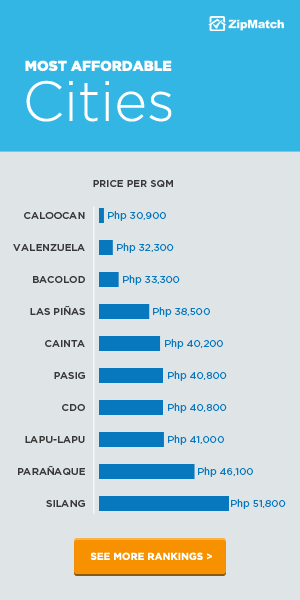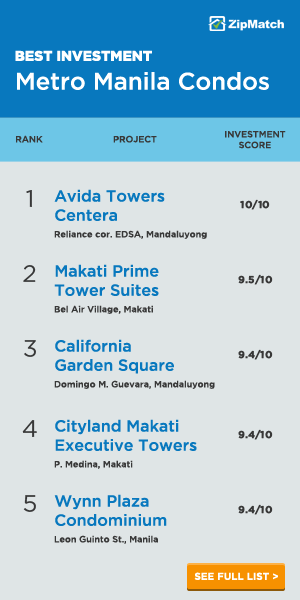Long after we have published the top questions Filipinos ask when buying a home in the Philippines, one trend keeps on popping up: keeping up with mortgage payments.
“…We are already three months late due to employment reasons and we are planning to cancel our reservation.”
“I have paid for five years… after that I stopped continue paying and now my lender has foreclosed my house into their name. Can I demand for the refund of my five years of payment from Pag-ibig?”
“I bought a lot in installment basis and she also sign a deed of conditional sale. Before the time agreement, she ask the vendor that she want to cancel it. Can we get the money that I gave as a down payment?”
Taking the Mortgage Plunge
For most of us Filipinos, taking on mortgage to get our dream home is a smart financial move. Financial e-commerce sites like eCompareMo.com, for one, can help you choose the type of housing loan that’s best for you. This still gives you the financial freedom to continue your lifestyle without putting all of your monies and risking everything in one investment.
However, majority get cold feet simply because the mortgage is too big to manage in the unforeseeable future, especially if there’s financial trouble ahead.
But the real secret to take on a long-term debt successfully such as a home mortgage is not having the money to pay for the monthly amortizations. It’s how you reduce the principal amount on your home loan before the term ends.
Here’s how we mean by this.
The Science on Amortization Payments
Amortization payments are usually computed with the following factors:
- the amount you loaned from your lender (Loan Amount)
- how many payments you agreed to make in a year (Payments/Year)
- how long the lender agrees you to pay off the loan in full (Loan Term)
Lending institutions like banks produce a mortgage factors table to help homebuyers compute for their monthly payments. This table will show the corresponding Factor Rate the lender will use if a borrower loans a particular sum of money for X interest for a given loan term. If your lender has one, the amortization formula is usually like this:
Monthly Amortization = (Loanable Amount) x (Factor Rate)
But the reluctance to understanding how your mortgage works sometimes get in the way of managing it.
Here’s why:
| Monthly payment P 15,106.91* | Principal | Interest |
| First mortgage payment (August 2015) | P 1,106.91 | P 14,000.00 |
| Last mortgage payment (July 2040) | P 14,975.87 | P 131.04 |
| *Computation based on a 25-year, Php2 million loan with 10.5% interest | ||
Mortgage loans follow what in the banking industry calls the Declining Balance model. In this model, a huge chunk of your amortization payment will go into paying off the interest first, with the smaller portion allocated to the principal. At a certain point during the loan term, the portion that will be allocated the principal will gradually grow bigger up to your last payment.
Now, a simple explanation of why your lender gets a bigger share of the payment in the first few years of your learn term is this: they need to immediately recoup the costs of loaning you the money for you to buy your dream home in the first place. Remember, it takes actual people and faith to invest a lot of money to make your home loan happen.
See for yourself the interest rate for your home loan term and know how much you will have to pay every month using this mortgage calculator.
The Takeaway
So the most surefire way to succeed in your home mortgage is not just making the amortization payments, but to actually pay in excess.
In a culture where tingi-tingi (buying in small packages) seems like a great deal, the reality is paying extra is actually more beneficial and more financially savvy. Following the Declining Balance model, the excess amount on your amortization payments goes towards your principal.
And if your principal gets reduced further and further, your remaining balance gets smaller and smaller until you realized you have paid your home loan earlier than scheduled!
Follow these strategies to pay your mortgage early here.











